Racecourse Ground and More: Five Amazing Places in Fuchu City!
Thuy Fang
Posted on May 21, 2024
Share:
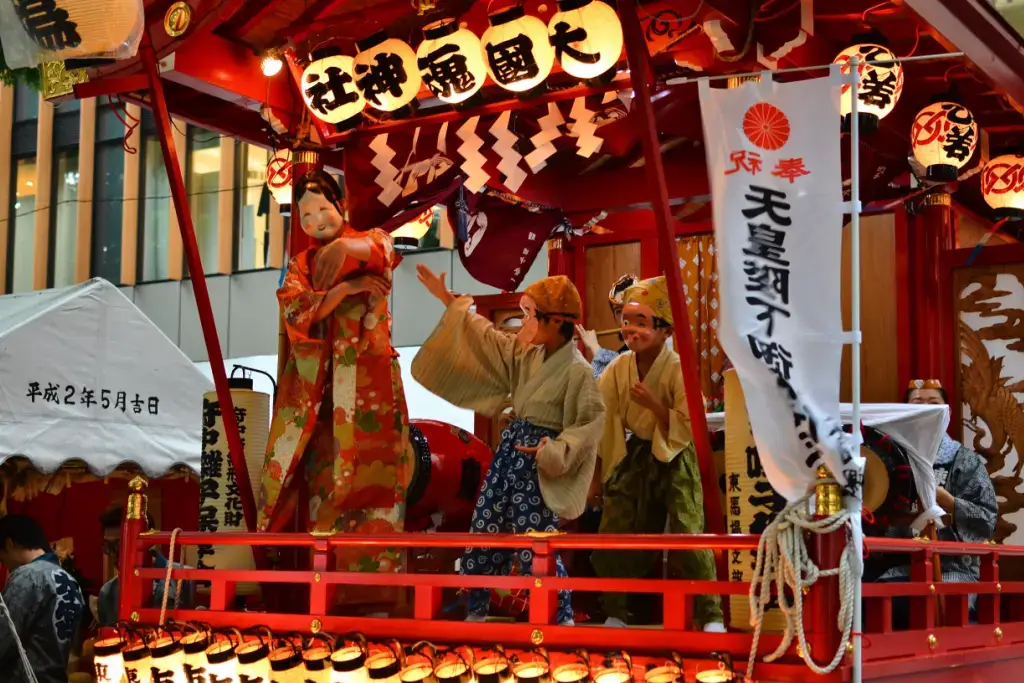
If you’re a fan of horse racing, then you surely can’t miss the world-famous racecourse ground in Fuchu. This is a city in western Tokyo. It’s an attractive place where beautiful nature and ancient architecture live together. Not only will you see Fuchu as a great sightseeing destination, but this city also holds many intriguing things, from traditional culture to entertainment. Let’s explore five notable locations of this charming city!
Tokyo Racecourse
Tokyo Racecourse has a long history dating back to its establishment in 1933. Known as the “racecourse of racecourses” in Japanese horse racing, it underwent seven years of extensive renovations and eventually celebrated its grand reopening in 2007. This lively venue is famous for hosting various prestigious races like the Japan Cup, Yasuda Kinen, Tokyo Yushun, and many more.
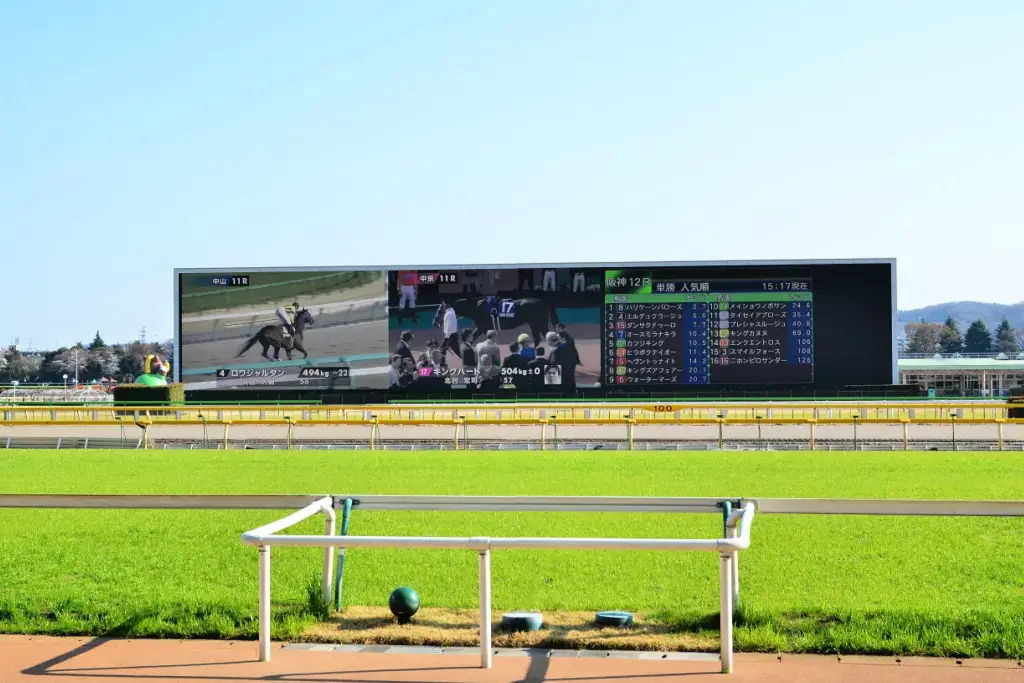
For visitors, this racecourse offers much more than just horse racing excitement. It’s a vast area where you can have a fun-filled day surrounded by nature and animals. You can get close to big horses or even try horseback riding on cute ponies at the racecourse ground. And if you get hungry, there’s lots of yummy food at Tokyo Racecourse!
Moreover, when visiting this fantastic racecourse ground, kids will have a great time all day! They can play in the giant balloon dome, go wild in the adventure playground, and even admire an exclusive miniature shinkansen train. Even if you’re a foreigner and new to horse racing, don’t worry! This place provides plenty of support for international visitors, including information in foreign languages and easy-to-understand betting systems.
Fuchu Ekimae Jomon no Yu
Opening its doors in 2006, Fuchu Ekimae Jomon no Yu quickly became an ideal relaxation spot and rejuvenation for many people. Over time, the prices have become more budget-friendly, ensuring everyone can experience the magic of the onsen (hot spring). Here, you can relax in serene baths with salt-rich waters that refresh you while enjoying the breathtaking view of the majestic Mt. Fuji on a clear day. The 11th and 12th floors are ready for gentlemen, offering spacious baths.
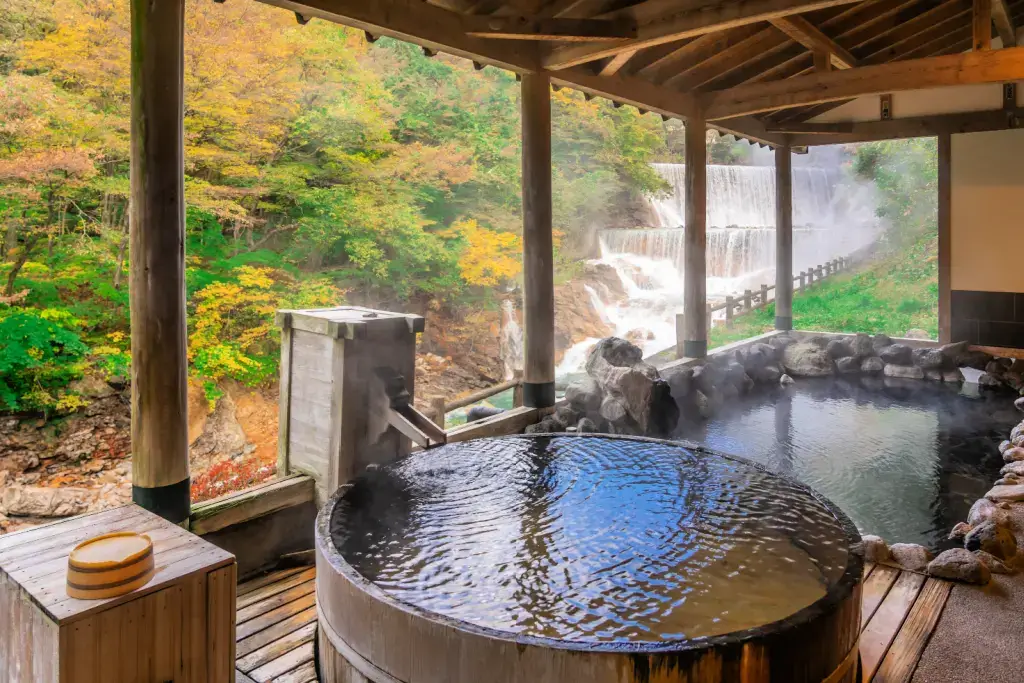
On the other hand, the 9th and 10th floors are fancy spots with beauty and body care facilities fit for ladies. After all that indulgence, take a breather on the 8th floor’s cozy rest space, equipped with plush reclining sofas and TVs. For those seeking the ultimate detox, just step into the mist sauna room, where the scent of cypress and hot charcoal envelops you.
Okunitama Shrine
Okunitama Shrine honors Okunitama-no-Okami, a guardian spirit for the Musashi Province, which includes modern Tokyo and nearby areas. This spirit is known for bringing good fortune, helping people find love, and protecting against bad things. The path to the shrine is lined with about 120 majestic Japanese Zelkova trees, making a beautiful and peaceful walkway.
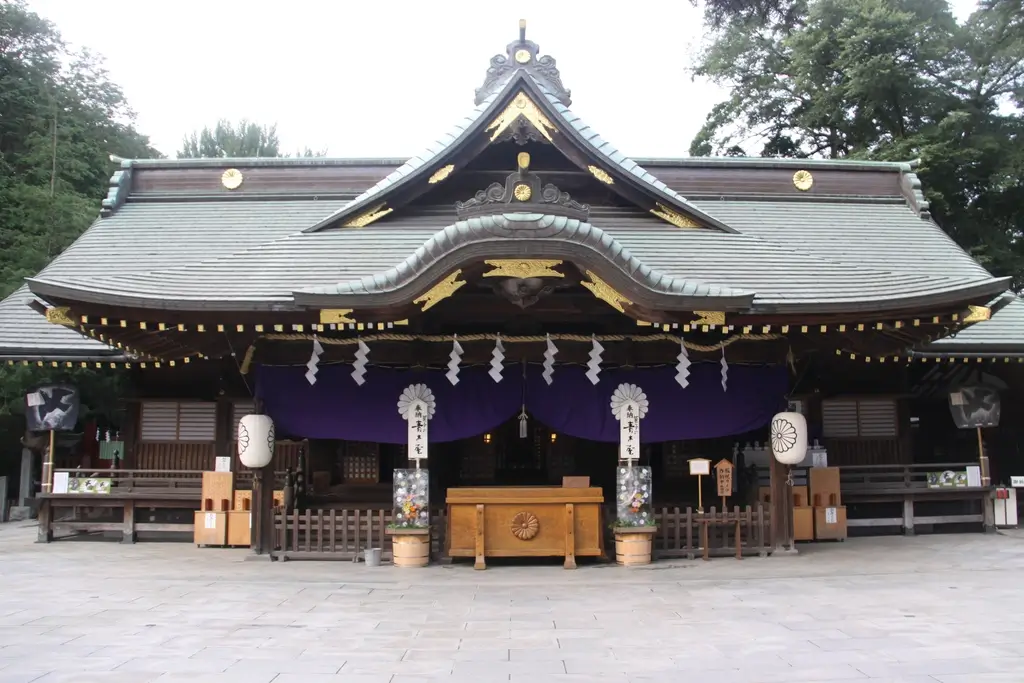
Established around 111 AD, Okunitama Shrine became a significant historical site. It gained prominence when the shogun Minamoto no Yoritomo prayed for his wife’s safe childbirth. Over time, the shrine has added several smaller shrines, each offering special blessings. Okunitama Shrine hosts numerous vibrant festivals throughout the year. The most well-known is the Kurayami Matsuri (Darkness Festival), held annually from late April to early May. This festival features an exciting parade of floats and large taiko drums.
Another popular event is the Tori no Ichi Festival at the Otori Shrine within the shrine complex. Visitors pray for good fortune and buy decorative kumade (rakes). The Chestnut Festival in autumn also showcases traditional performances and a parade of lantern-lit floats celebrating the region’s famous chestnuts. Visitors can also explore various attractions at the shrine, including the sacred ginkgo tree believed to be over 1,000 years old, and several historic buildings and monuments. The Treasure House, open on weekends and holidays, displays a portable shrine and a large drum used in festivals.
Fuchunomori Park
Fuchunomori Park, located in the Sengen-cho region of Fuchu City, features various activities and attractions for everyone to enjoy. Originally developed on a former U.S. military site, this park was created to enhance residents’ living environments, provide exercise facilities, and serve as an evacuation center in a disaster.
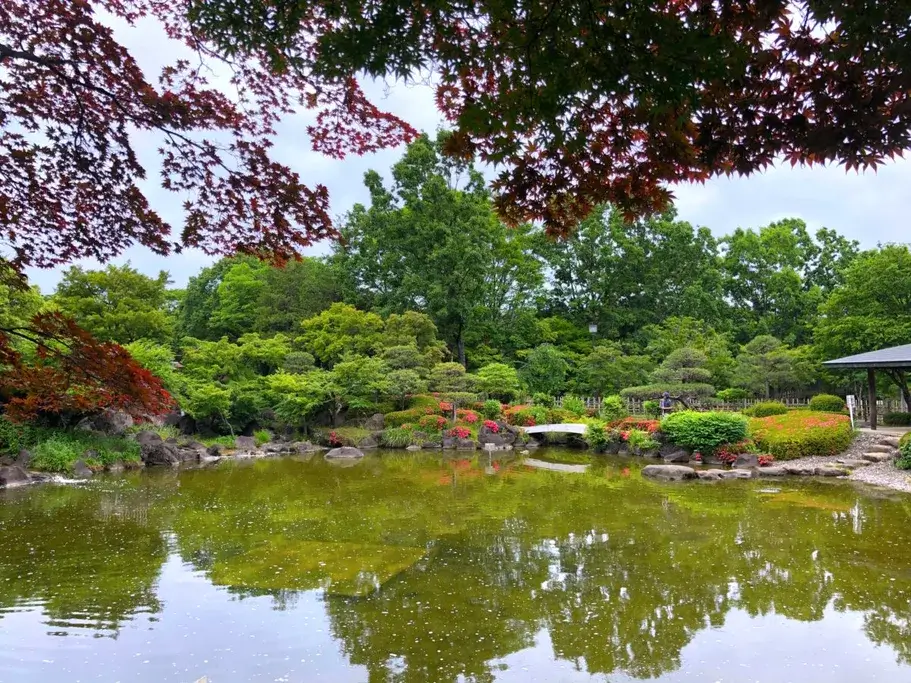
One of the main highlights is the Flower Promenade, a 300-meter-long cherry blossom street that bursts into color each spring. In summer, families usually gather at the water play areas, where children can cool off in the park’s fountains. The park also boasts diverse sports facilities like tennis courts, jogging paths, and soccer fields.
Furthermore, Fuchunomori Park is a cultural hub with the Fuchu Art Museum and several sculptures by renowned artists. The theater inside the park also hosts many performances and cultural events, making the park a unique center for arts and entertainment.
Are you looking for amazing snacks while touring Fuchu City? Check out Sakuraco! Sakuraco delivers traditional Japanese snacks, teas, sweets, and snacks from local Japanese makers directly to your door so you can enjoy the latest treats directly from Japan!
Fuchu Art Museum
Fuchu Art Museum, situated in the stunning Fuchu no Mori Park, became accessible in October 2000. It focuses on the theme “Life and Art”, encouraging visitors to explore how art connects with our daily lives. The museum is beautiful for people to see and learn about art, offering many fun activities and workshops for all ages. It has two floors and a basement. On the first floor is an art library where visitors can read books and magazines about art. There’s also a gallery where local artists can display their work, a souvenir shop, and a cozy cafe.
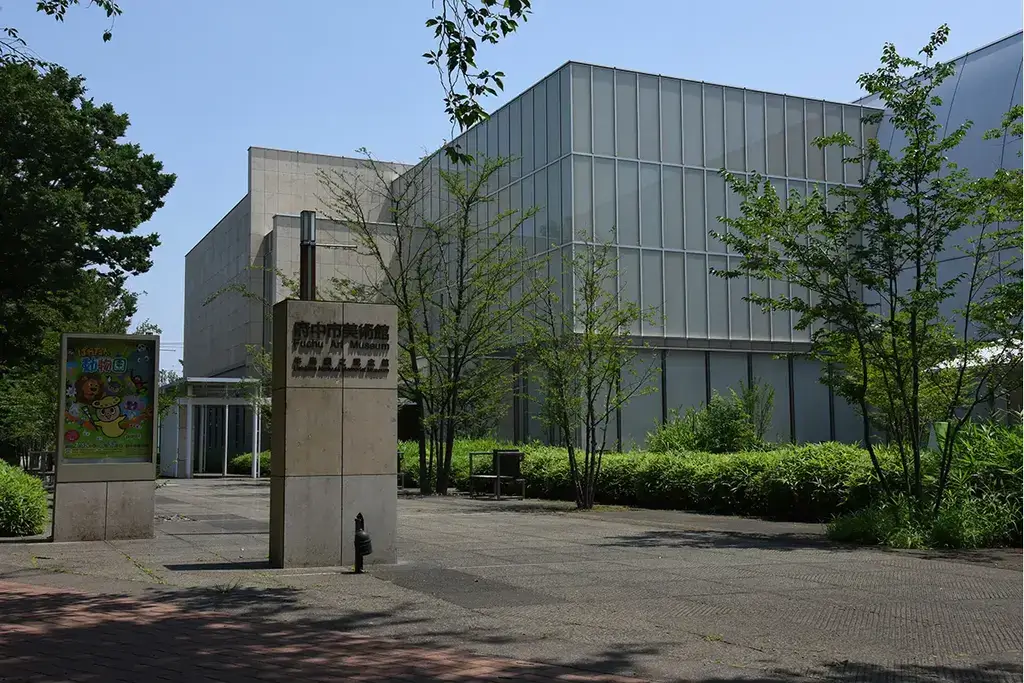
The main exhibitions are on the second floor. You can see exceptional art displays from the Edo period to modern times here. The museum regularly changes these exhibitions, so there’s always something new. The museum has more than 2,200 artworks but only shows around 60-80 at a time. You can see both traditional Japanese paintings and modern artworks. It’s a great spot to appreciate art while enjoying the park’s natural beauty.
Why should I visit places like Tokyo Racecourse Ground in Fuchu City?
These spots are a must-visit if you’re into amusing activities or simply want to chill amidst nature and art. Especially during this lively summer, places like the racecourse ground and the park offer a fun vibe for families with children, ensuring everyone enjoys a full day of excitement! Don’t forget to let us know which place you’d love to experience first in the comments below!

Discover authentic flavors with Sakuraco
Get Sakuraco 

Discover authentic flavors with Sakuraco
Get Sakuraco 
Related Articles

Steam Train in Shizuoka: Riding the Oigawa Railway
For travelers who love history, beautiful views, and cozy retro vibes, this steam train is one of Shizuoka’s most charming treasures, with some of the best views. If you want to know more about this train, keep reading below!

Nara Japan: The Amazing Legend of the Sacred Dragon
In Japanese culture, dragons are spiritual beings that represent strength, prosperity, and a harmonious balance with the natural forces. Nara, Japan, has a unique story associated with sacred ponds and revered shrines throughout the region.

Nambu Tekki: Morioka’s Amazing Iron Craft
In the historic city of Morioka, Iwate Prefecture, a craft with over 400 years of history continues to captivate with its rustic beauty and practical charm. Nambu tekki, or Nambu cast iron, refers to traditional ironware, such as teapots, kettles, and decorative pieces, that embody the spirit of Tohoku craftsmanship.

Ebisu: The Cheerful Guardian of Luck and Prosperity
Religion in Japan involves a dizzying array of spirits and beings. These gods are inspired by ancient tales and used to symbolize nature’s bounty. However, they also profoundly impact daily life and are often sought out for help in challenging times



